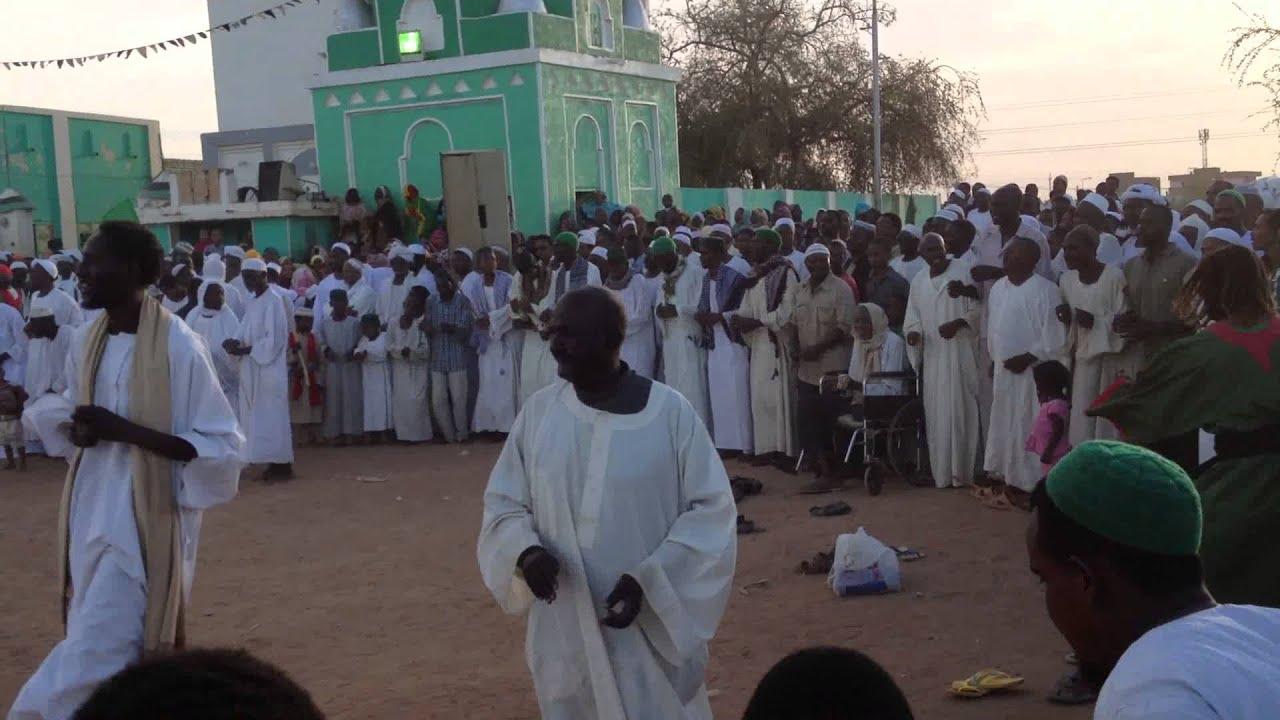One thing I love about working for an adventure tour operator is that I am constantly learning new things about some fairly obscure destinations. One such place I had never given much thought to in the past, at least in terms of holidays, was Sudan. My knowledge of Sudan was limited to a patchy recollection of history based around the killing of General Gordon in the siege of Khartoum in the Victorian era. Yet talking to colleagues it sounds like the country has a lot to offer the adventurous traveller. Here are five reasons to visit Sudan:
Sudan is littered with pyramids and ancient sites
About three hours north of Khartoum is the ancient site of Meroe, where over forty kings and queens were buried, with the site marked by over two hundred pyramids in a variety of sizes. These pyramids have slightly smaller bases and as such are steeper than the more famous pyramids of Cairo, giving them an otherworldly shape against the stark reddish desert. They may not be as impressive as the ruins in Egypt in terms of size, but you will have these sites pretty much to yourself with not a camel ride or postcard seller in sight.
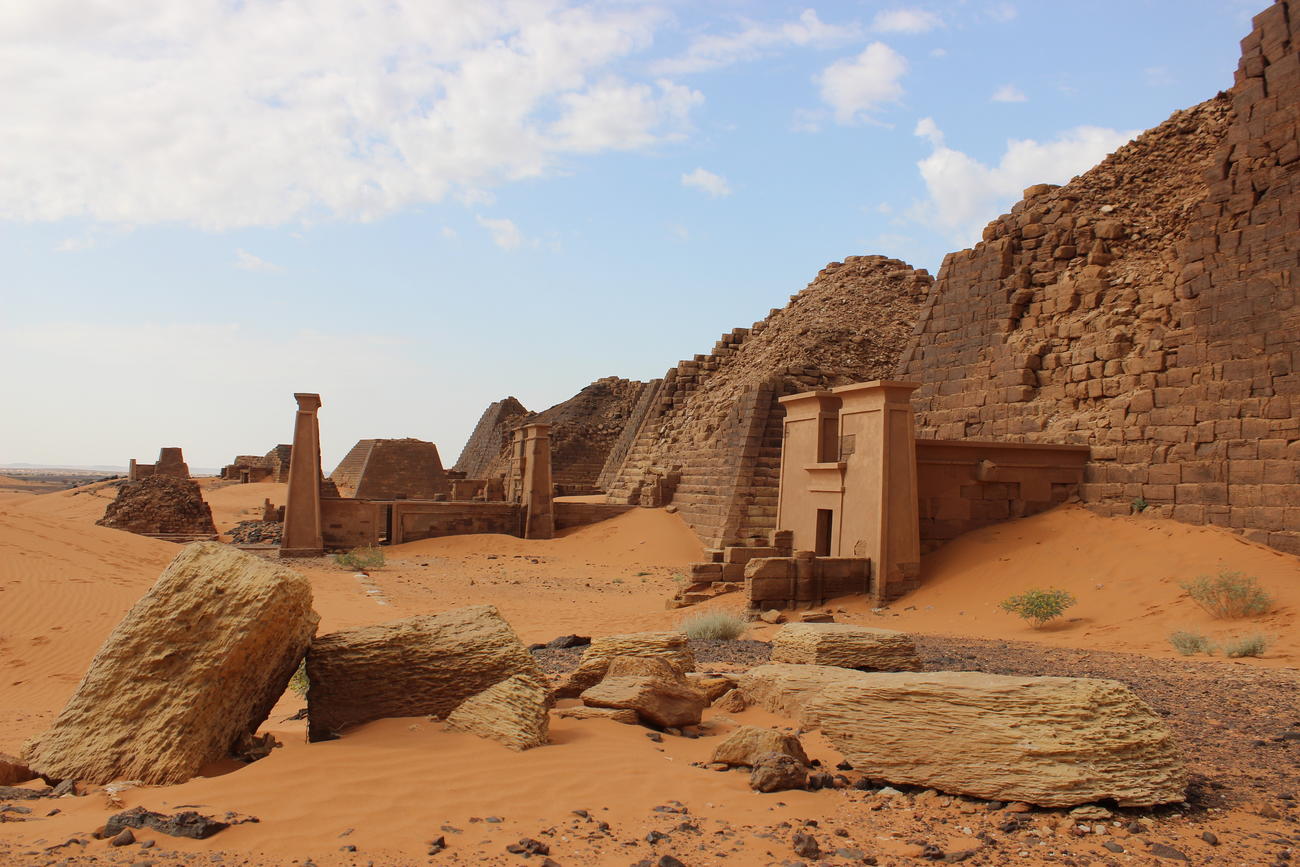
Sudan is where the White Nile and Blue Niles meet
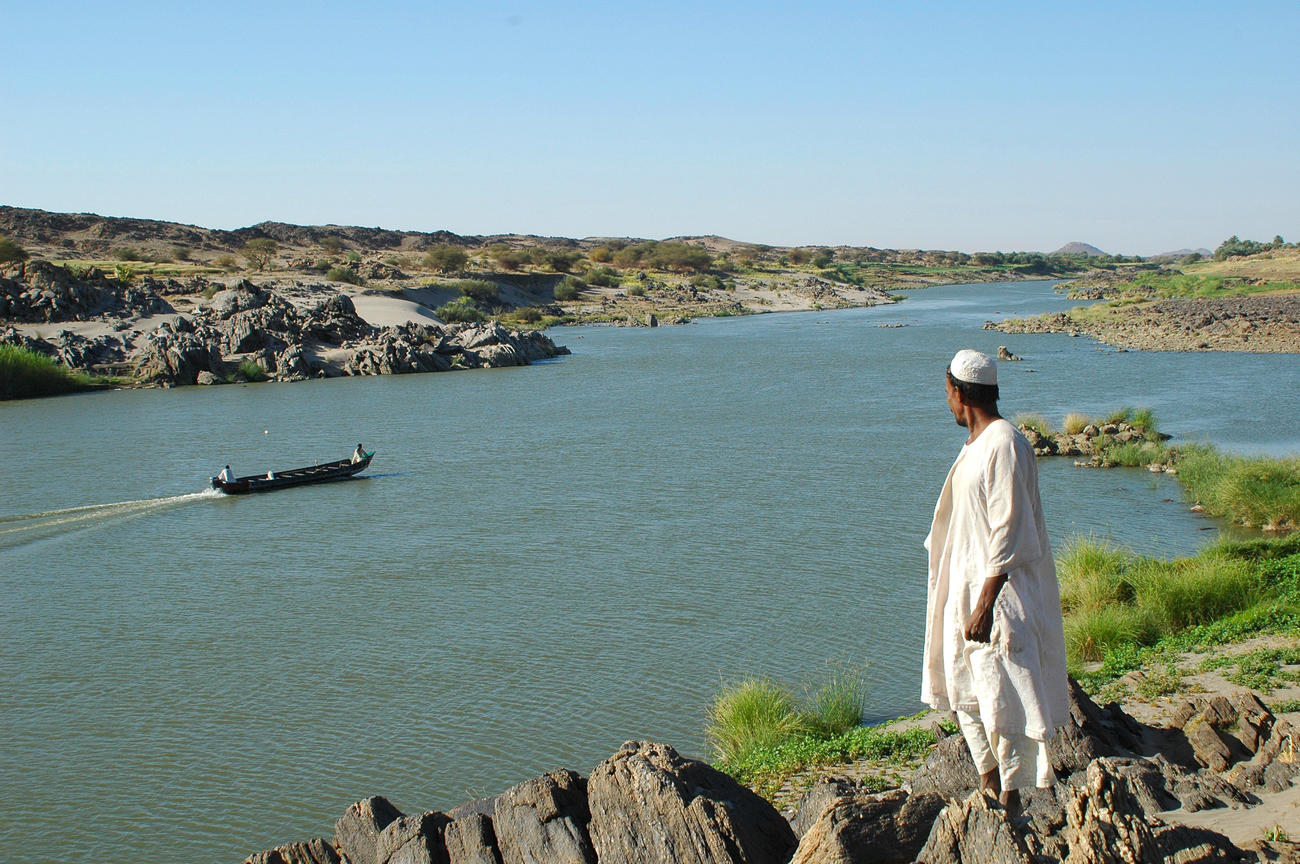
Just north of Khartoum, the White Nile, which rises in the great lakes region as far south as Rwanda, meets the Blue Nile, which originates at Lake Tana in Ethiopia. The point where the two rivers merge is considered the start of the Nile “proper”. Whilst the White Nile is longer, the Blue Nile carries about 2/3 of the river’s water supply.
Bisharin nomads
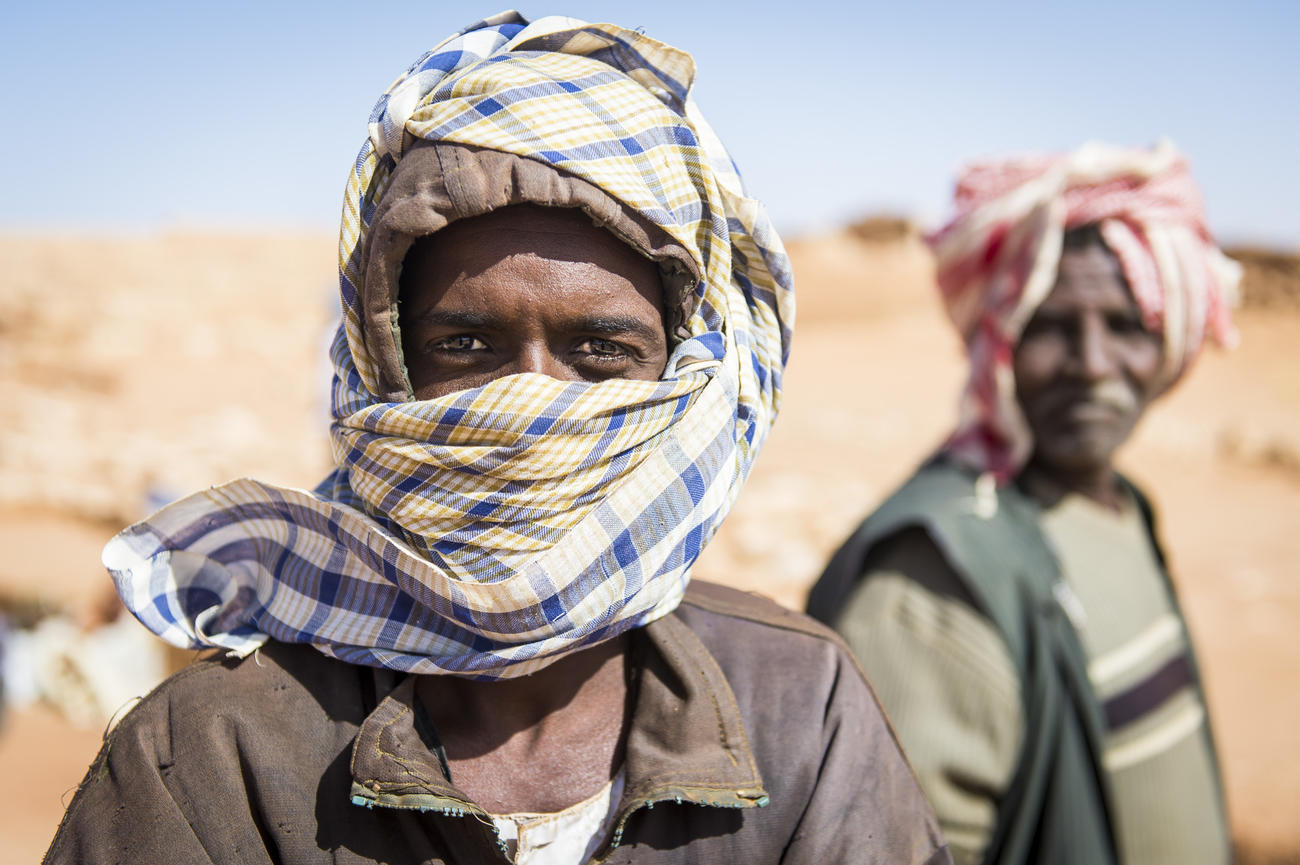
In the extreme Bayuda Desert, north of Khartoum, you are likely to encounter Bisharin nomads on Wild Frontiers’ tour to Sudan. These nomadic people live in small huts close to the scarce water pools, somehow surviving in this harsh climate. You are most likely to encounter the Bisharin at Atrun Crater, where the nomads collect salt from the evaporating lakes nearby, waiting 48 hours for the salt to come to the surface, before scraping it off and carting it to the nearest market to sell.
Jebel Barkal
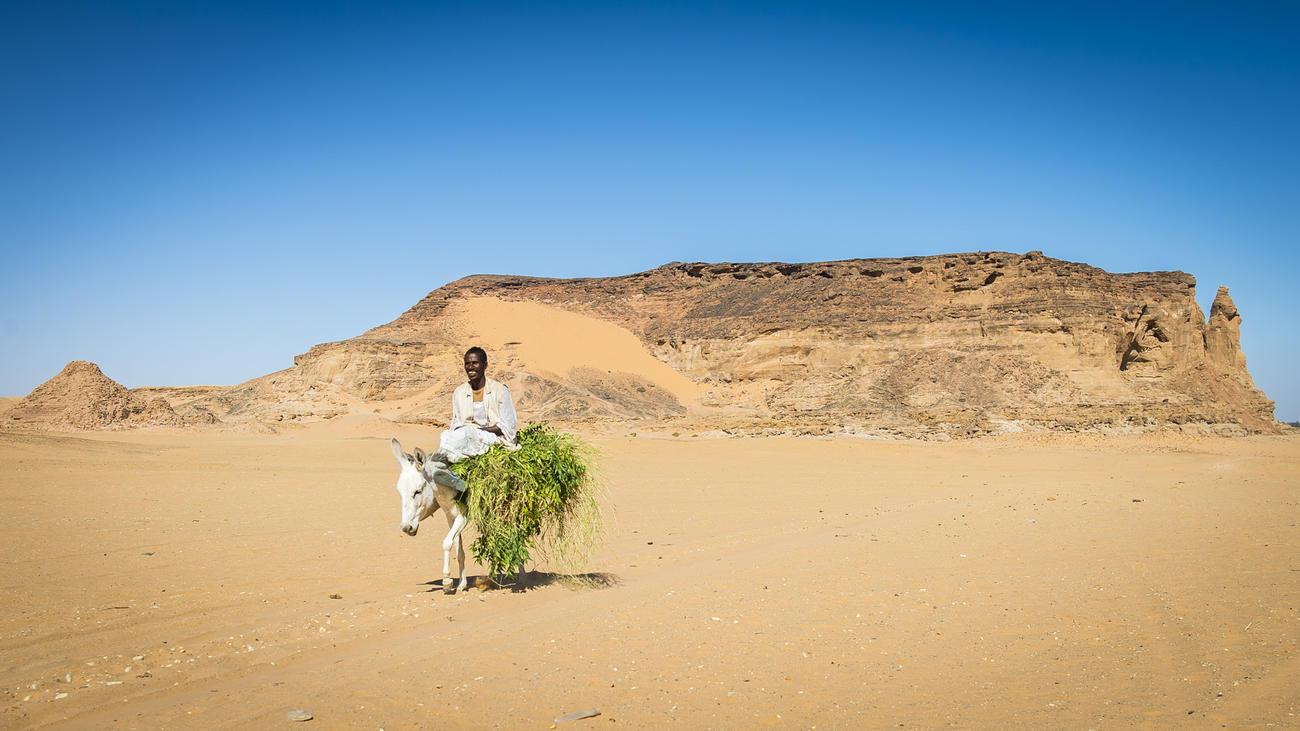
This red sandstone mountain protrudes unsubtly from the vast open landscapes of the Nubian Desert, and as one of the few landmarks for hundreds of miles, has lain at the centre of religious worship for centuries. It has a large temple at its foot adorned with dedications to the Pharaohs and their gods. This UNESCO World Heritage Site is well worth a visit and active travellers can scale the small peak.
Whirling Dervishes
A dervish is an initiate of the Sufi path of Islam, the most tolerant, poetic and sensual of Islam's many tributaries. The white skirted spinners bring themselves and the watcher to a point of almost ecstatic transcendence, a fascinating sight. It is sometimes possible to observe such ceremonies in Khartoum.
